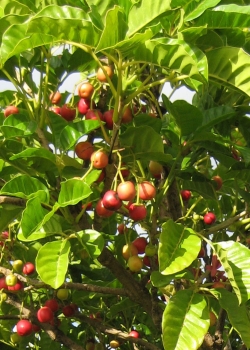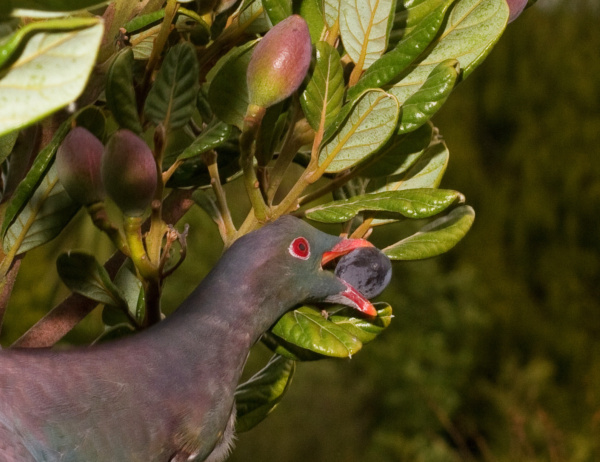Kererū II
This task is about using what we know about kererū's adaptations to help us decide on actions to help the species survive.


The gape of a bird is how wide it can open its beak.
Native trees such as karaka, tawa and taraire produce large fruit.
Kererū are now the only native birds whose gape is wide enough to swallow whole the fruits of karaka, tawa and taraire.
They are therefore very important for spreading the seeds of these trees so new trees grow.

